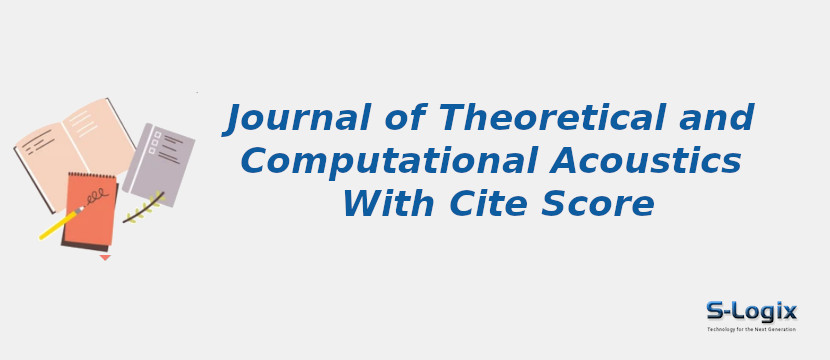Journal Home: Journal Homepage
Editor-in-Chief: Bi, Chuan-Xing
Print ISSN: 2591-7285
Electronic ISSN: 2591-7811
Abstracting and Indexing: Scopus, SCIE
Imapct Factor 2024: 1.3
Subject Area and Category: Computer Science, Computer Science Applications, Mathematics, Applied Mathematics, Physics and Astronomy, Acoustics and Ultrasonics
Publication Frequency:
H Index: 44
Q1:
Q2: Acoustics and Ultrasonics
Q3:
Q4:
Cite Score: 2.7
SNIP: 0.806
Journal Rank(SJR): 0.383
Guidelines for Authors: Journal of Theoretical and Computational Acoustics Author Guidelines
Paper Submissions: Paper Submissions in Journal of Theoretical and Computational Acoustics
Publisher: World Scientific Publishing Co. Pte Ltd
Country: Singapore
